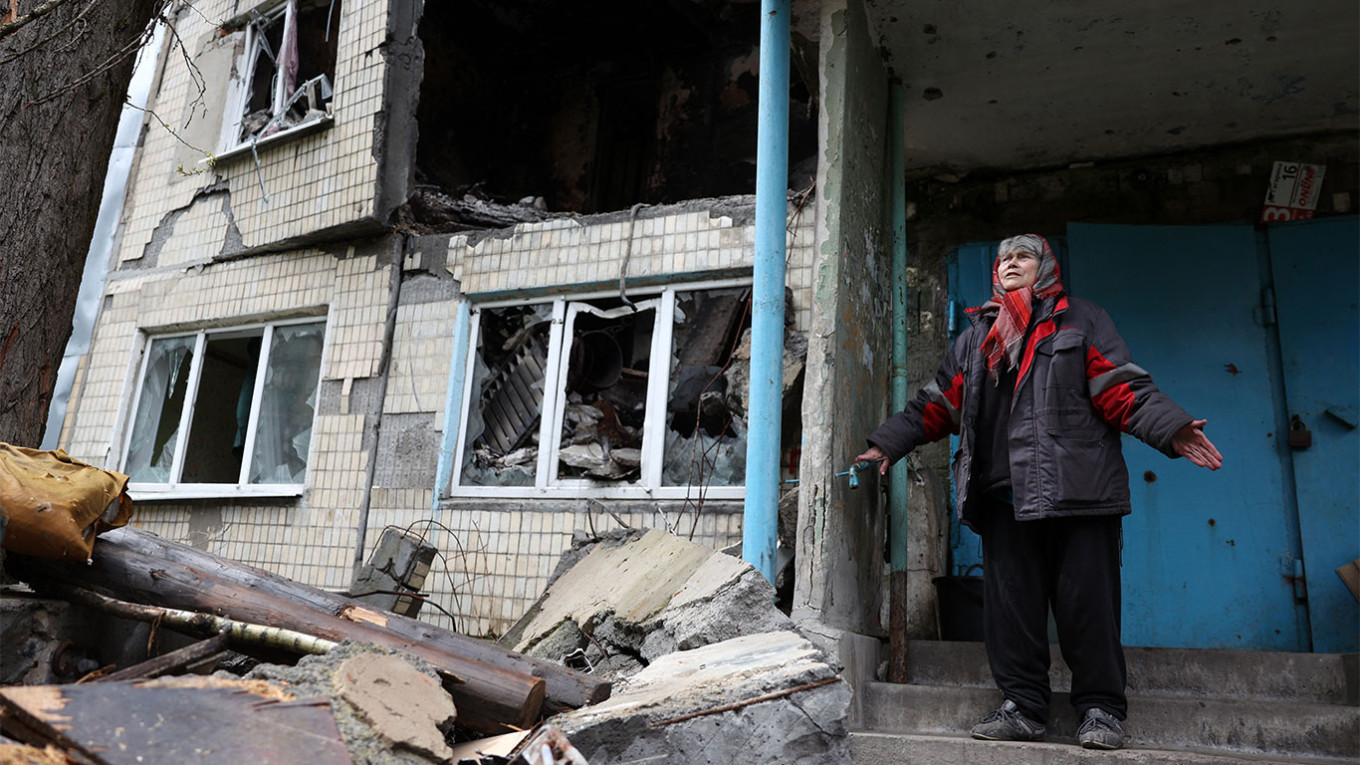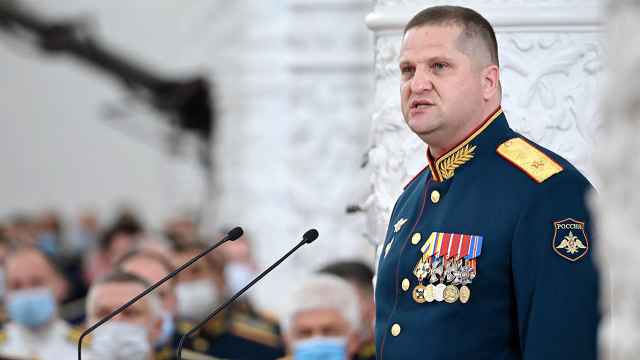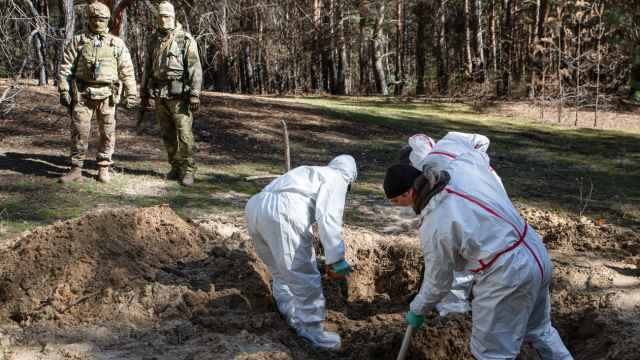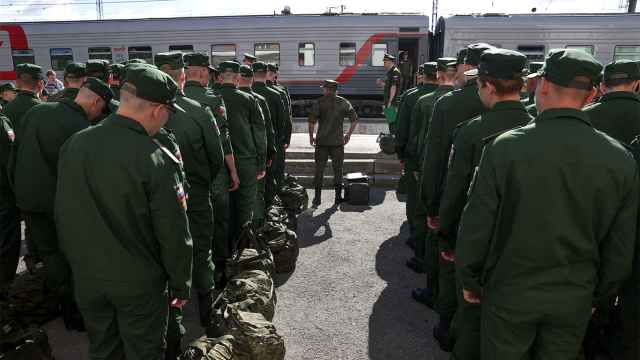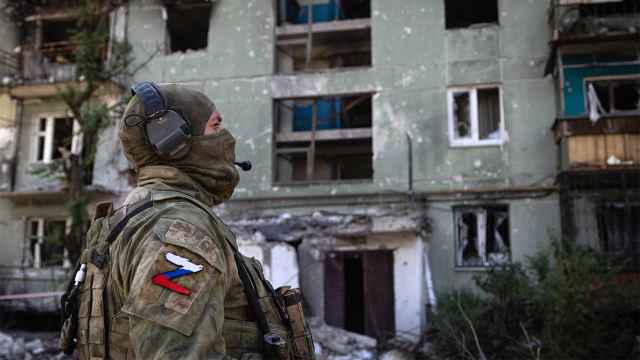During Russian forces’ spring assault on Avdiivka in eastern Ukraine, air strikes played a key role in their attempts to encircle the city.
One night in late March, Russian aircraft dropped 11 bombs on Ukraine’s Sumy region in a major attack.
And last week, a Russian jet accidently released a malfunctioning bomb on the Russian city of Belgorod, destroying a section of road and injuring several people.
Each of these incidents reportedly involved the use of glide bombs, an increasingly popular weapon in Russia’s arsenal as it attempts to seize Ukrainian territory — and one that some believe has the power to change the course of events on the battlefield.
Since Russian aircraft started launching glide bombs in significant numbers earlier this year, they have reportedly caused problems for Ukraine as it prepares for what is expected to be a major assault on Russian lines.
However, experts told The Moscow Times that it remains to be seen whether they can alter the course of the broader conflict.
“This is a really serious threat,” said Alexander Kovalenko, a Ukrainian military analyst, when asked if the glide bombs risked jeopardizing Kyiv’s anticipated counteroffensive.
“We need to think about neutralizing it now.”
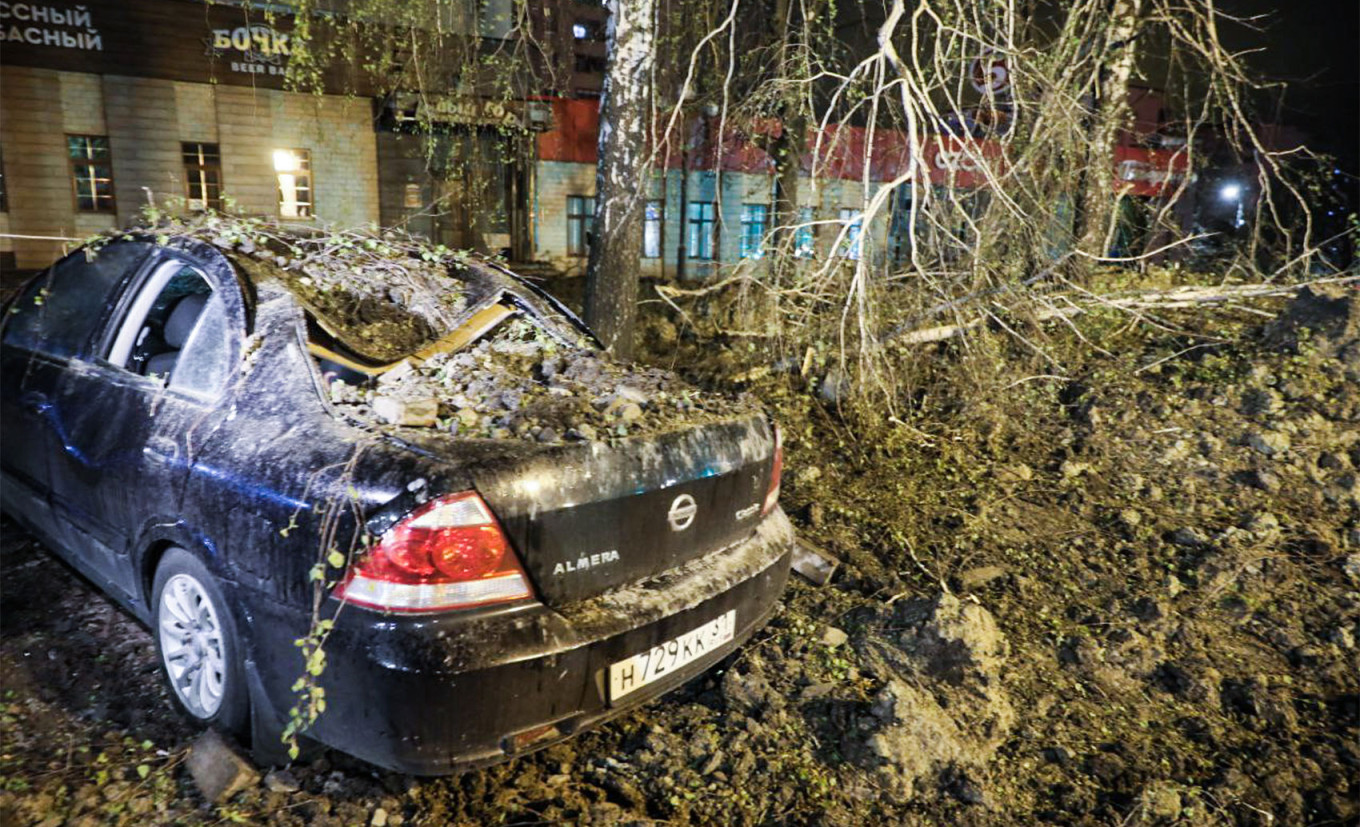
Glide bombs are, essentially, conventional bombs that have been fitted with navigation systems and wings. Some have this flying capacity built-in during production, while others are modified subsequently.
The additions mean that glide bombs can travel much further and are much more precise than unguided — or “dumb” — bombs.
Part of what makes glide bombs so threatening, analysts said, is that they can be released by Russian planes from well outside the range of Ukraine’s air defenses.
“They can be used by the Russian Armed Forces without entering the area of our air defense systems and strike both the positions of the Ukrainian Armed Forces on the front line and the [nearby] cities,” Kovalenko told The Moscow Times.
Despite having a larger air force, Russia has been unable to establish air superiority over Ukraine throughout its 14-month full-scale invasion, so its aircraft rarely risk flying over Ukrainian-held areas.
The winged bombs are also much cheaper to produce than Russia’s ballistic and cruise missiles.
Amid reports of Russia’s dwindling stocks of precision-guided missiles, analysts believe Moscow has turned to guide bombs as a more plentiful alternative.
Russia is reportedly deploying several different types of glide bombs in Ukraine, including modified FAB-500s with an attached wing and navigation kit.
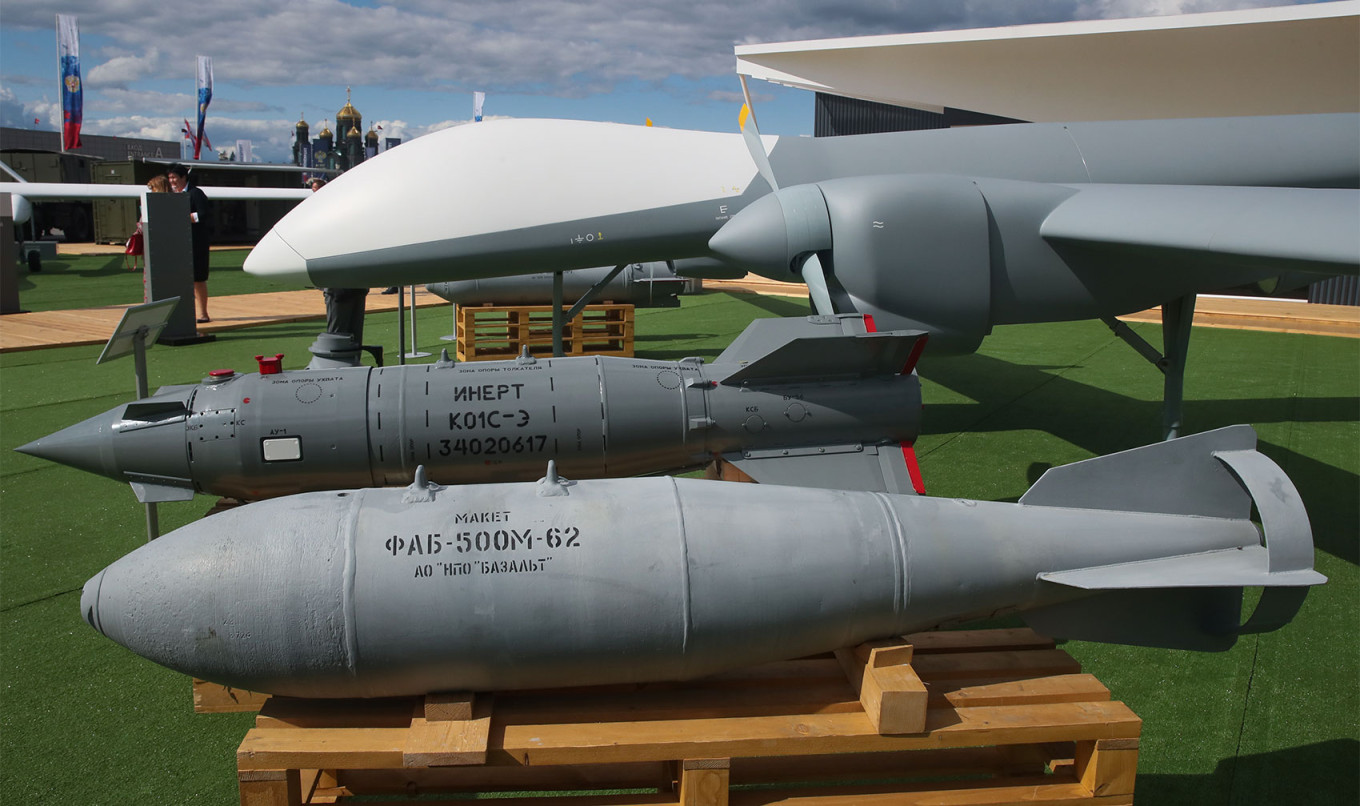
“These are no mini-drones or even drones carrying 40 kilograms. Guys, these are deadly one-and-a-half tons of the real deal,” pro-Kremlin military blogger Alexander Sladkov wrote in a Telegram post earlier this month.
Russia is not the only country with a significant arsenal of glide bombs, which are stocked widely around the world, including by the United States. Ukraine currently uses the U.S.-provided Joint Direct Attack Munitions (JDAM).
The Ukrainian Defense Ministry did not respond to emailed questions on how it could counter Russian glide bombs.
But in early April, Ukrainian military spokesperson Yuriy Ignat said the bombs posed a serious threat and estimated that Russia was dropping up to 20 per day.
Ukraine is likely hesitant to use its limited stocks of expensive surface-to-air missiles on these comparatively inexpensive bombs, according to an open-source researcher monitoring the war.
“One of the things that it does is put further pressure on the Ukrainian air defense grid,” said the researcher, who requested anonymity out of fears that publicity could jeopardize his work.
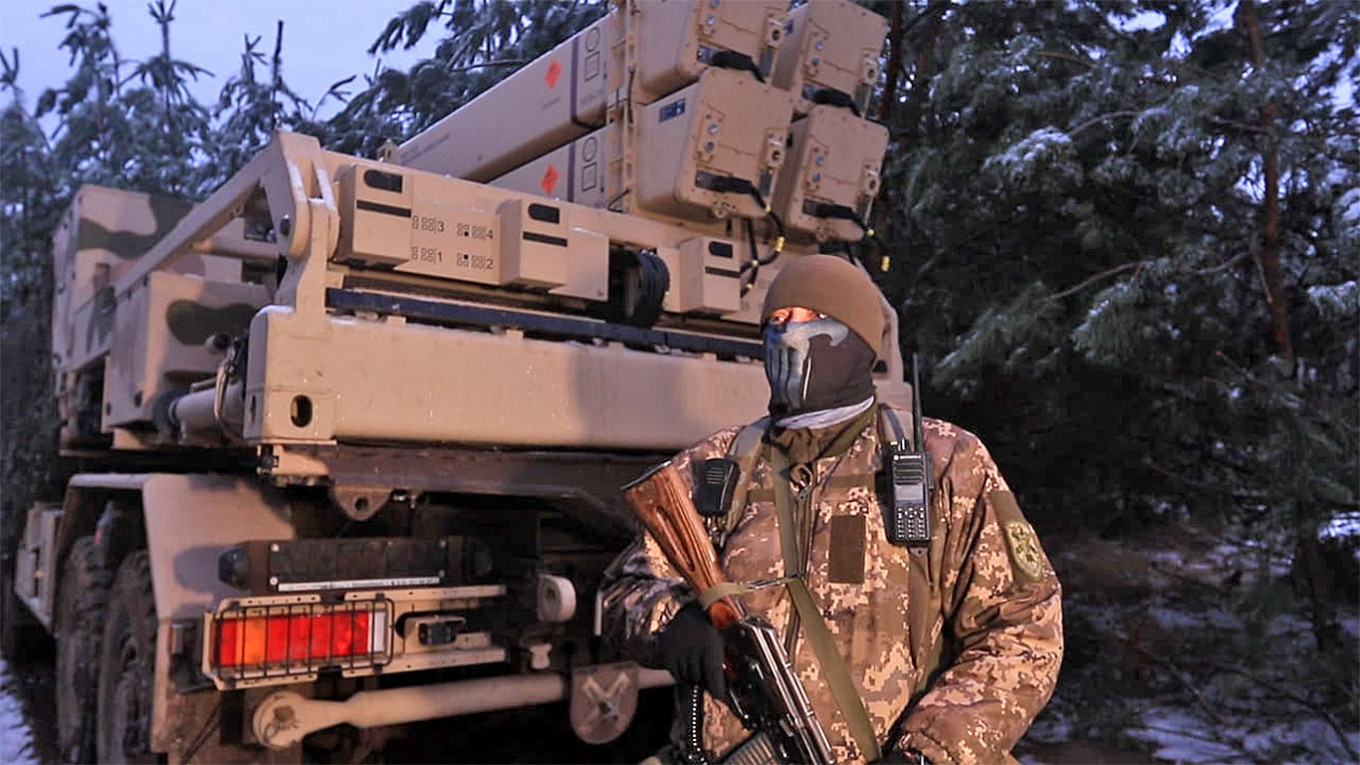
“They are either unable or unwilling for essentially economic reasons to shoot these down.”
The cost of each missile fired by air defense systems like the Western-supplied Patriot and NASAM can reach into the millions of U.S. dollars.
Ukrainian Defense Minister Oleksii Reznikov said earlier this month that the country had started to receive Patriot missile systems provided by the U.S. after the two countries reached an agreement for their supply in October.
Experts have warned that, if Ukraine experiences a shortage of anti-air defenses, the Russian air force could begin a wider bombing campaign.
The outcome of Ukraine’s counteroffensive, which is expected in the coming months, is widely believed to be decisive in determining the outcome of the conflict.
Ukraine will face the challenge of overwhelming defenses that have been constructed over many months and include thousands of kilometers of trenches, minefields and tank traps.
“If [the Ukrainians] don't want the conflict to turn into a frozen conflict along the current frontlines, then at some point, they have to sort of break the frontlines,”said Anders Puck Nielsen, a military analyst at the Royal Danish Defense College.
“The window of opportunity is probably the summer.”
Pro-Kremlin blogger Sladkov claimed that Russia would soon begin launching more powerful glide bombs at Ukrainian targets.
But even in such numbers, it remains unclear whether they are capable of denting Ukraine’s ability to conduct a successful counteroffensive, or turn the tide of the war.
“History will tell us that one system does not in itself make a difference,” said Nielsen, who pointed to the significant losses suffered by Russian forces last from Ukraine’s use of U.S.-made rocket launcher HIMARS.
“Something like HIMARS definitely has made a difference on the battlefield,” he said.
“But still, I mean, it didn't end the war.”
A Message from The Moscow Times:
Dear readers,
We are facing unprecedented challenges. Russia's Prosecutor General's Office has designated The Moscow Times as an "undesirable" organization, criminalizing our work and putting our staff at risk of prosecution. This follows our earlier unjust labeling as a "foreign agent."
These actions are direct attempts to silence independent journalism in Russia. The authorities claim our work "discredits the decisions of the Russian leadership." We see things differently: we strive to provide accurate, unbiased reporting on Russia.
We, the journalists of The Moscow Times, refuse to be silenced. But to continue our work, we need your help.
Your support, no matter how small, makes a world of difference. If you can, please support us monthly starting from just $2. It's quick to set up, and every contribution makes a significant impact.
By supporting The Moscow Times, you're defending open, independent journalism in the face of repression. Thank you for standing with us.
Remind me later.



